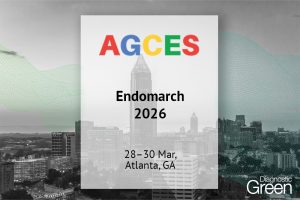Background: Biliary complications (BCs) following living donor liver transplantation (LDLT) are common. To minimize BCs and improve surgical outcomes, indocyanine green (ICG) fluorescence intensity (FI) is used to assess bile duct perfusion. This study investigated the association between ICG FI in the common bile duct (CBD) and postoperative BCs in patients undergoing LDLT.
Materials and methods: In this prospective cohort study, FI parameters (maximum intensity, half-maximal intensity, time to maximum, time to half-maximal intensity, and slope) were analyzed using ImageJ. Fifty-four patients aged ≥19 years who underwent LDLT at our single tertiary hospital between July 2022 and December 2023 were included, with a 1-year follow-up period for BCs. The exclusion criteria were re-transplantation, multi-organ transplants, or hepaticojejunostomy. Following hepatic vein, portal vein, and hepatic artery anastomoses, ICG (0.05 mg/kg) was administered intravenously before biliary reconstruction. CBD FI was measured at 10-s intervals for 3 min. The primary outcome was BC occurrence <1 year, and the primary predictor was the FI increase slope.
Results: Among 54 patients, 12 (22.2%) developed BCs, with 9 occurring in <3 months. No significant differences were observed in age, sex, body mass index, bile duct anatomy, anastomosis method, operator, operation time, graft-to-recipient weight ratio, and warm ischemic time between patients with and without BCs. However, a low slope (≤0.8), ABO incompatibility, and cold ischemic time >135.5 min were significantly associated with BC occurrence (P = 0.008, P = 0.031, and P = 0.009, respectively). Logistic regression further identified low slope and delayed cold ischemic time as independent risk factors (hazard ratio and 95% confidence interval: 0.09, 0.01-0.82, P = 0.032; and 6.07, 1.29-28.59, P = 0.023, respectively).
Conclusion: ICG FI slope ≤0.8 and cold ischemic time >135.5 min were identified as potential risk factors for BCs following LDLT. Assessing recipient CBD perfusion to predict postoperative BCs represents a novel approach in LDLT research.




